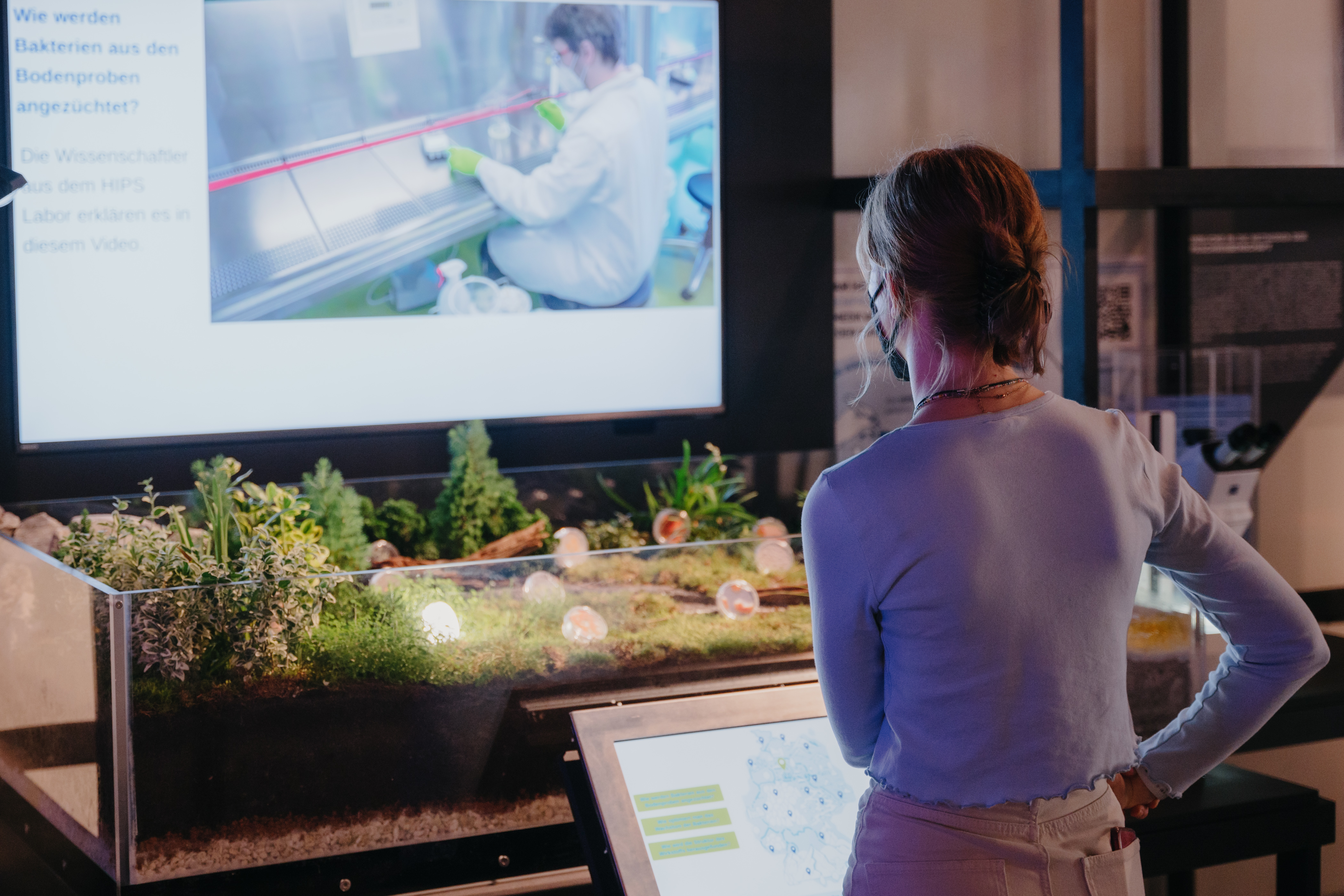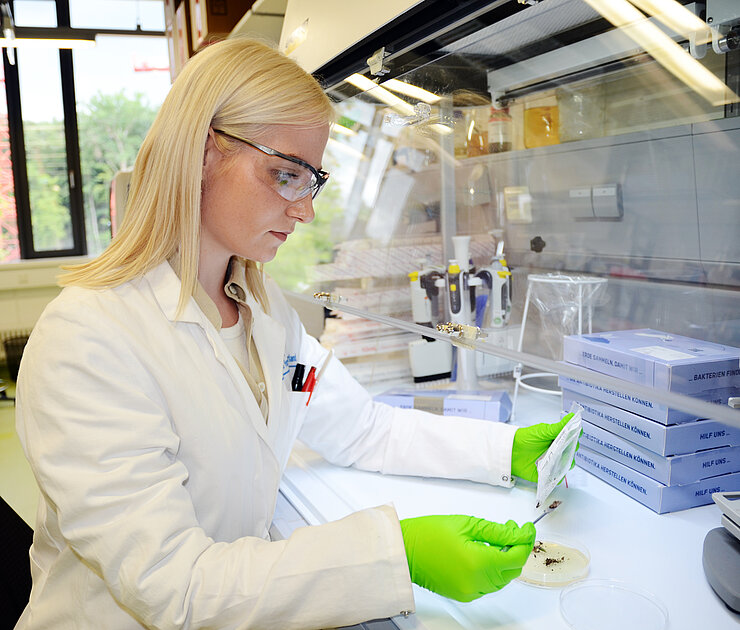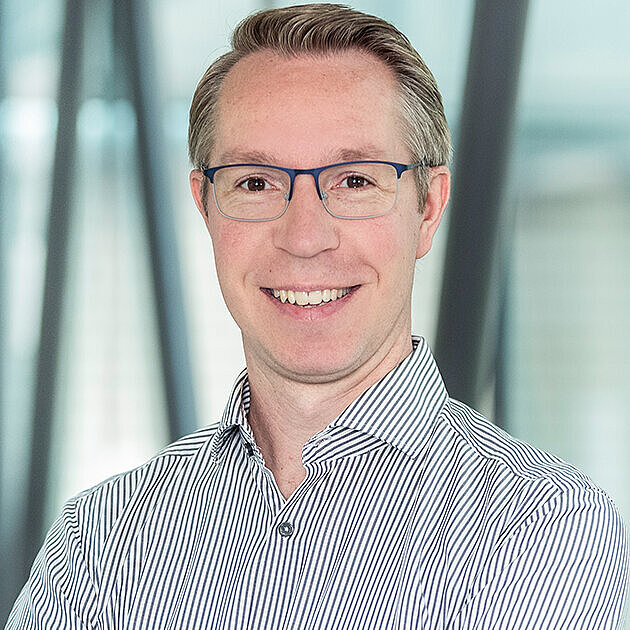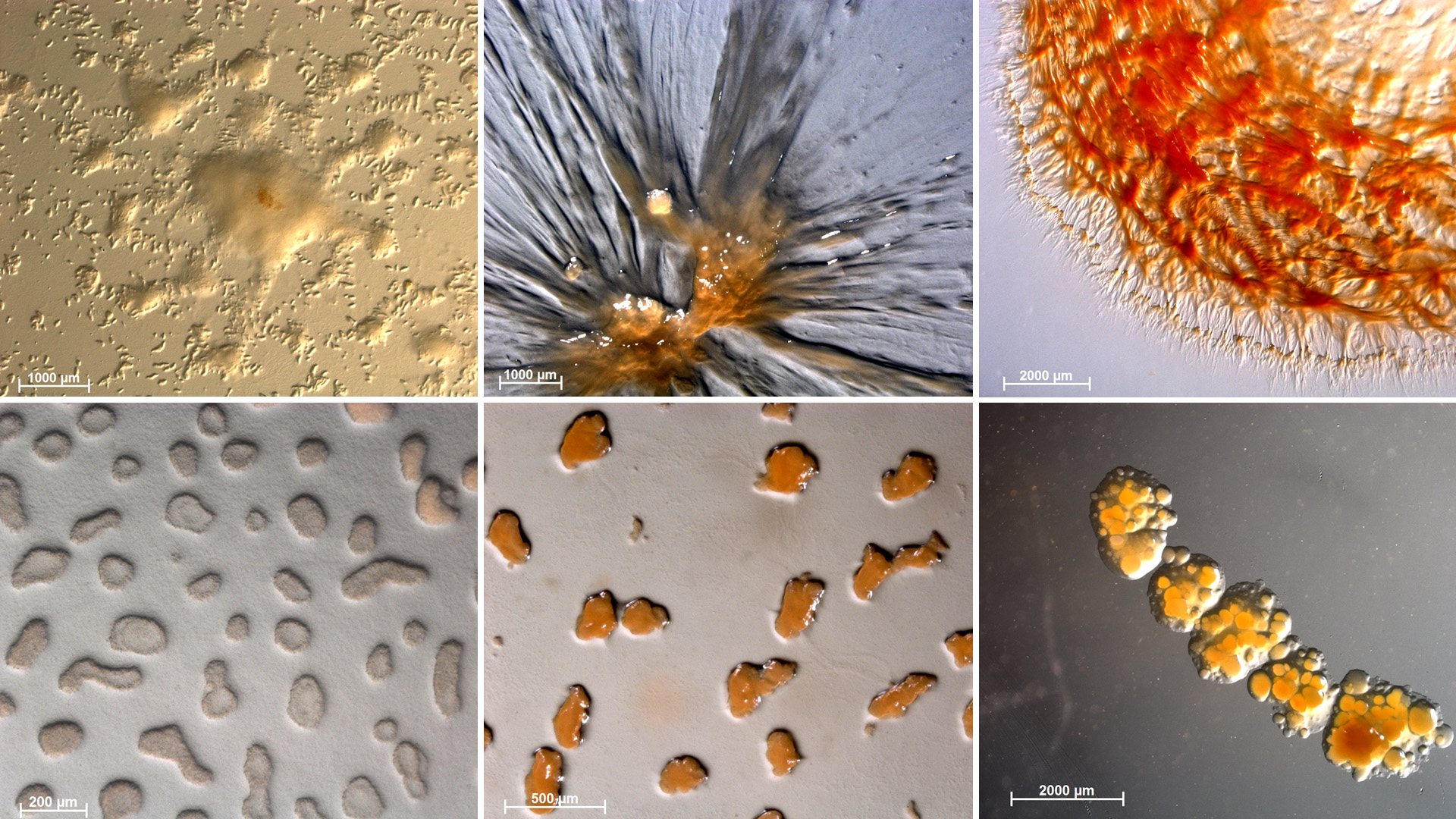In the summer of 2017, Dr Ronald Garcia and Dr Daniel Krug, microbiologist and chemist at the HIPS in Saarbrücken, respectively, discussed how the upcoming Open House Day could be enriched by a hands-on activity. The idea that finally emerged was actually quite simple: Could the visitors act as citizen scientists and support the HIPS’ research by sending in soil samples? Without further ado, free returnable sample collection envelopes were equipped with basic tools for taking soil samples and a website with an interactive map of the Saarland was put online - and the citizen science project “Sample the Saarland” was underway. “The sampling by citizens was quite straightforward from the very beginning, and the samples sent in had no scientific disadvantages compared to the samples we took ourselves,” says Garcia in retrospect. “This is also due to the fact that the myxobacteria we were looking for are good at prevailing over other bacteria. So some minor contamination with common germs does not adversely affect the chances of success.”

Soil Bacteria - A Microbial Treasure Chest

Daniel Krug adds: “Even in the temperate climate zone, in which Germany is located, there are many biotopes with microbial communities that show high diversity. This means that even with local samples there is a good chance of finding new and rare myxobacteria.” With these strains, the probability is quite high that they can produce a drug molecule with an as yet unknown basic chemical structure. In the meantime, Prof Rolf Müller‘s “Microbial Natural Products” department at the HIPS has managed to isolate more than 1,000 new myxobacterial strains from over 700 soil samples taken by citizen scientists in Saarland. The researchers unanimously agreed: The search for these valuable producers of active substances should not be limited to the Saarland, but should ideally be extended to all of Germany.
A unique opportunity to expand the project finally presented itself at the beginning of 2022 through participation in the science exhibition on board the “MS Wissenschaft” - a cargo ship converted into a floating science centre that travels through Germany every year on behalf of the Federal Ministry of Education and Research. It offers an opportunity to experience research first-hand with more than 30 exhibits from a wide range of institutes. Every year, several tens of thousands of people visit the exhibition, including many school classes.
This year‘s motto of the MS Wissenschaft is “Participate!”, and in early May the HIPS went on board with its home-made exhibit “Soil bacteria - a microbial treasure chest”. The MS Wissenschaft‘s voyage started in Berlin and went on several rivers and canals to a total of 32 stops throughout Germany. The ship also made a stop in Braunschweig. “Scientists from the HZI familiarised the visitors with our exhibit and the search for new active substances at the “Meet the scientist” events,” says Dr Alwin Hartman from the HIPS. “HIPS scientists were also present in several other cities and took questions.”
Daniel Krug explains the HIPS exhibit: “It is an alive terrarium that presents the different biotopes of Germany: ranging from a mountain landscape to a river, a forest, meadows and wetlands, and to the sea. For each region, a Petri dish shows an exemplary image of which myxobacteria dwell there. After selecting a region on the touch screen, the corresponding Petri dish lights up with an LED light and the screen shows a portrait of the selected bacterium.” Afterwards, the visitors have the opportunity to watch videos in which, for example, background info about antibiotic resistance, some laboratory procedures or research approaches are explained. The videos were produced at the HIPS and provide answers to questions such as “Where do you find myxobacteria?”, “How is it tested in the lab whether a molecule is effective?” and “What is antibiotic resistance?”. Moreover, next to the terrarium a stereomicroscope has been set up and can be used to look at living myxobacteria. In addition, this is where the sample kits are available. They are a later generation of the sample collection envelopes from the Saarland project, designed by Wanda Bleckmann, a designer from Berlin. The handy blue folding boxes contain everything the citizen scientists need to take a soil sample and send it to the laboratory: including a magnifying glass, gloves, sampling spoons, plastic bags with bar codes into which to fill the soil, and illustrated instructions. The sturdy cardboard box also secures the soil samples during their transport to the HIPS.
Time and again, visitors of all ages on board the MS Wissenschaft gaze in amazement at the lush green miniature landscape and observe the diverse shapes and colours of the myxobacteria that live hidden in the soil in their own gardens or around the picnic area on their favourite hike. Alwin Hartman is glad to see that the HIPS project is well received and helps to get people excited about science: “We are delighted when visitors can take away insights into the world of soil bacteria from our exhibit. And, of course, even more so when they send us interesting soil samples later on.”
Participate here: http://www.hips.saarland/sample/?lang=en
Author: Daniel Krug
Published: October 2022


